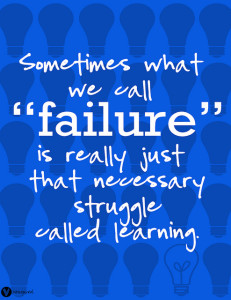 Many of us made New Year’s resolutions 171 days ago. I am just checking in to see how you are doing? Since we are approaching the halfway mark of the year, I thought it would be a good idea to recalibrate, remain focused, and stay resilient in the pursuit of our goals.
Many of us made New Year’s resolutions 171 days ago. I am just checking in to see how you are doing? Since we are approaching the halfway mark of the year, I thought it would be a good idea to recalibrate, remain focused, and stay resilient in the pursuit of our goals.
In the book Art & Fear: Observations on the Perils (and Rewards) of Artmaking, authors David Bayles and Ted Orland tell a true story about an art teacher who conducted a grading experiment with two groups of students. The ceramics teacher divided the class into two groups. He told the members of one group he would be grading them solely on the quantity of work they produced; he told all those in the other group he was going to grade them on the quality of the art they produced. The teacher’s instructions were simple—on the last day of class, he would weigh the work of the “quantity” group: fifty pounds of pots rated an A, forty pounds earned a B, and so on. The students being graded on “quality” needed to produce only one perfect pot in order to get an A. Well, when grading time came, an interesting thing happened: the works of highest quality were all produced by the group being graded for quantity. You see, while the “quantity” group was busily churning out piles of work and learning from their mistakes, the “quality” group sat theorizing and planning for perfection…and in the end had little more to show for their efforts than grandiose ideas and a pile of uninspiring clay.
A few months ago, I was working with some of our engineers at another medical device company’s headquarters, experimenting with a new product concept that would incorporate our technology with theirs. When the engineers started testing our prototypes, it was like watching kids having fun playing in a sandbox (no pun intended to all the engineers out there—the funny thing is that salespeople reading this have no idea what I am referring to!).
When we tested the first concept, the device broke, and it was obviously not going to work. I remember thinking to myself, Well, I guess that one’s not going to cut it! I hope we have better luck with the next ones. What happened next led to an interesting observation I made while watching the engineers work. It seemed that every time a prototype failed, the engineers didn’t get discouraged; in fact, the failure seemed to only invigorate them. They were not getting discouraged but were actually celebrating their failures. You see, engineers have a keen appreciation of failure—because every time they fail, they learn something. It doesn’t matter whether you’re an athlete, businessperson, student, or an engineer developing a new product—the only way to get ahead in life is to fail, to fail early, to fail often, and to fail forward.
Failing is something I embrace and welcome. Did you know that, in addition to the many honors that have been bestowed on the great basketball player Michael Jordan (including a record ten scoring titles), he also holds the record for the most misses? Apparently, Michael Jordan took more shots at the basket than any other player in history, and not all of them went in. The good news is that many important, game-winning ones did!
My learning style tends looks like this: run – hit a wall – reverse – find a new solution – and run again. The most successful people I have observed in my career “fail forward.” I like to say that “victory is in their defeat”—in other words, these people view failure as an opportunity to learn, adjust, and improve.
Over the years, I have learned that the way we name things is very important to how we perceive our surroundings. “Failure” sounds personal and, when applied to our own actions or situations, seems to be attacking who we are. But if we add the word “forward,” the entire context changes. The idea of “victory being in our defeat” is positive and helps us see beyond our current setback. We can now look at failing as part of a game we play, a continuous productive process. Using words carefully or selectively, even in our own minds, helps define the context and meaning they have in our lives.
When I talk to successful salespeople at ConMed, they all tell me it wasn’t all the training and support we offer that was the major contributor to their success; rather, it was taking what they learned and executing those skills over and over. Think about all the times in your own sales career where you didn’t pitch a product simply because you were nervous about being able to perform. I would bet it happens to many of us more often than we would like to think. Now imagine all the missed learning opportunities throughout our collective careers that have stemmed from this fear of failure. Try to see your failures through the eyes of my engineer colleagues—fail early, fail often, fail forward, and learn!
Looking back, I realize that, for me, the greatest lessons and the most profound learning throughout my life resulted from all the times I’ve failed. So with that in mind, I’d like to challenge all of us to work hard and begin to change the mindset, the stigma, and the negative association that comes with failing. Let’s celebrate our failings and create a culture where taking risks is the norm. Often personal and professional failings have a long-term positive effect on our lives. Don’t allow any failure to define you or your life. If you do, failure will only paralyze you and inhibit forward progress. You still have six months left to attain your 2013 goals! Stay focused, be resilient, and, most importantly, have fun in the process!
Enjoy this classic commercial from a few years ago…










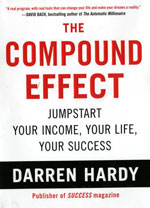



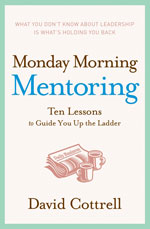
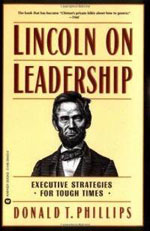
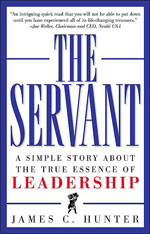
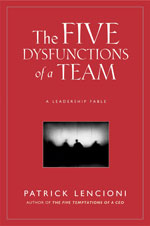
Love it!! You heard me say before, society is wrong with the phrase, “Failure is not an option.” My response is,” how you going to learn and grow if you don’t fail??” Be willing to fail and learn. My stance? Failure is an option as long as you learn from it. If you keep failing and not learning, then something is wrong with that picture.